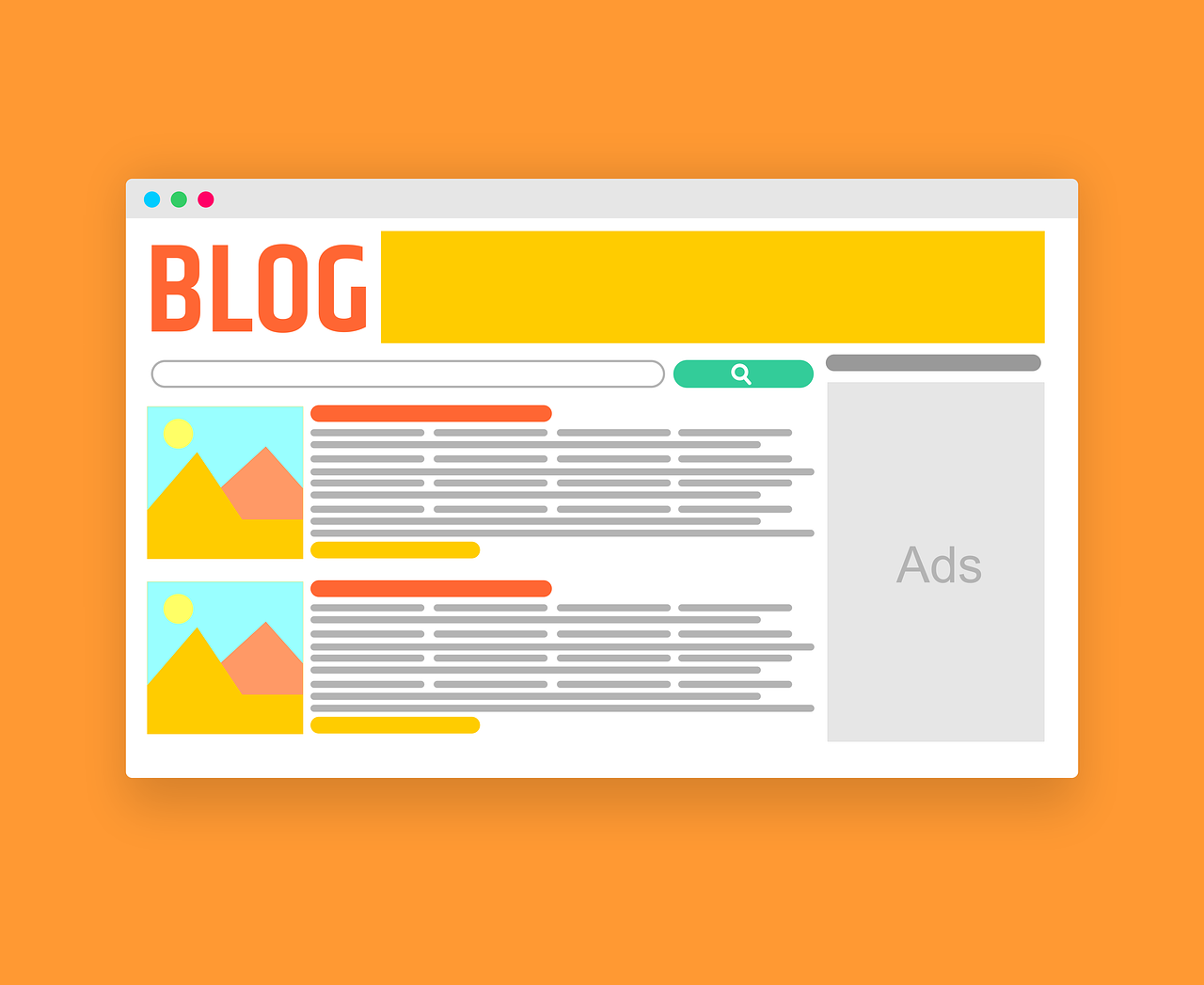Table of Contents
Writing for the web: three things you need to know
In this article, we’ll be looking at web writing. But before we do, we need to get three concepts straight.
Copywriting: from hyperspecialised profession to commonplace skill
For many years, copywriting was a highly specialised trade whose skills were mainly in demand from advertising and communications agencies. But the digital revolution has opened up huge opportunities for the profession, which now encompasses a series of sub-professions: web writer, content editor, social media manager, screenwriter and more. In the last few years, it has become clear to even the most inexperienced entrepreneurs that digital platforms can no longer be ignored, and must therefore be considered an integral part of building any business.
That’s why knowing some of the key skills of a copywriter is more important than ever today: writing effectively to build conversations that meet the public’s expectations on platforms like websites, blogs, LinkedIn or Facebook is an increasingly vital everyday activity that can’t always be outsourced to others.

In a digital environment, reading is easily distracted
When we read a text in a digital environment, we are more easily distracted than when reading a paper magazine, newspaper or book. The web is full of stimuli: as we’re reading, notifications from apps arrive, all sorts of banners and pop-ups open, and there’s always some other content fighting for our attention. This leads to less linear and more jumpy reading that may ignore the order of paragraphs and skip backwards and forwards suddenly. Skimming and scanning are two typical approaches: in the first, before reading the content in its entirety, the reader tries to understand whether the article contains information that they are interested in, pausing on titles, sections in bold and key words. In the second, the reader looks specifically for a single piece of information that they are after, ignoring the rest.
Writing for the web requires the right techniques
If our reader is distracted, the first lesson that we need to learn is just that: we mustn’t think that writing something for the web is the same as writing something for publication in print. We have to learn to write for a distracted reader.
Organising the text
The first thing to do is organise the test to take into account the impact that it will have on the reader’s eye. We have to create a structure that is subdivided into short paragraphs preceded by subtitles. Basically, it’s wise to avoid off-putting walls of text and instead create a visual layout that won’t discourage a distracted reader and allows them to quickly find key information. As a general rule, the content that catches the reader’s eye can be ranked in the following order of importance:
- Main title
- Sub-title (paragraph headings)
- Bolded text
- Lists
- Linear paragraphs
The importance of the title
The title is crucial: it can determine whether the content will be read or not. Given its importance, it’s a good idea to work on it in two separate steps. Initially, we can use a working title that can guide us in structuring the text and help keep us on topic. When we’ve finished writing our article, we may find it easier to rewrite the title into something definitive that will pique the reader’s interest.
Avoid: sensational titles that misrepresent the content (clickbaiting).

Sub-titles, paragraphs and sentences
There’s a golden rule of good writing that always applies: paragraphs should develop just one idea only. For example: “The importance of the title”. For the sentences within paragraphs, keep things short and avoid too many subordinate clauses. It’s even better if each sentence contains a single idea, expressed clearly. Sub-titles for every single paragraph should be relevant to the idea addressed so that it immediately answers the question in the reader’s mind: is the paragraph I’m about to read of interest to me or can it be skipped?
Remember: readers often decide whether or not to read a paragraph based on its sub-title.
Bolding, lists and links
Bolding, lists and links are three valuable visual ways that help lazy and distracted readers to find key information straight away. The usual purpose of bolding is to highlight the keywords that, in each paragraph, best summarise and express the ideas developed. Links are crucial too: they can direct people to other related content on the same site or external sites.
Numbered or bulleted lists are another useful tool for readers: they are used to help them discover key information written in plain English that’s easy to remember.
Avoid: don’t go overboard with bolding. If everything’s important, nothing’s really important.

The purpose of the final paragraph
The final paragraph generally has two purposes: to cement key information in the mind of the reader, and to get the reader to do something through a call to action: comment, share, send an email, ask for a quote, press a button and more. But in this article, we’ll content ourselves with a recap of an important idea: in today’s media landscape, everyone should have the information that we’ve covered here on writing for the web, especially those who need to start conversations online to promote their brand values and products or services. That’s why in this series of articles we’ll continue to explore the basics of writing for the web for the benefit of everybody.


